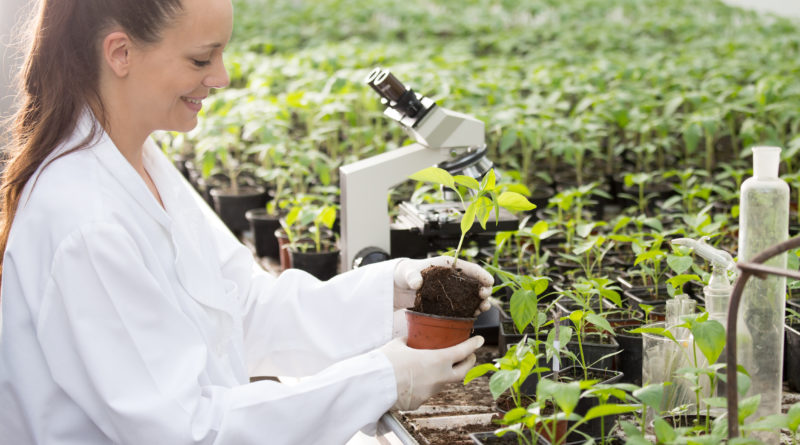Gene-Edited Foods Are Hitting Restaurants — And Shelves Are Next
18,912 total views, 1 views today
Genetically modified organisms (GMOs) are the subject of constant debate. Upon Googling the term “GMOs,” the very first result is The Non-GMO Project, a foundation devoted entirely to opposing GMOs. A whole movement against GMOs exists, even though plenty of scientific studies have suggested that GMO consumption is harmless.
Now, GMO foods require labeling that indicates the presence of GMOs within them. One new genetic method for food modification is set to avoid the regulatory burden — and societal stigma — associated with GMOs.
These gene-edited foods aren’t just the future of food. They’re already present in American restaurants.
Calyxt, the biotech firm leading the gene-edited foods field, claims it has sold gene-edited oil known as Calyno to a Midwest restaurant with more than one location. According to Calyxt CEO Jim Blome, this restaurant group is using Calyno in its sauces, salad dressings, and all its frying. The oil is produced from soybean plants with genes edited to contain no trans fats and fewer saturated fats. According to Calyxt, Calyno is similarly heart-healthy to olive oil, but with a less intense flavor.
The process of gene-editing fundamentally differs from the methods through which scientists genetically modify organisms. The latter process involves injecting DNA from a foreign organism into the food source, whereas the former simply adds and removes genes in a laboratory setting. According to Calyxt, gene-editing processes resemble those of natural, traditional crossbreeding. At the moment, U.S. food authorities are thus not regulating gene-edited foods as intensely as they are GMO-containing foods.
Calyxt’s gene-editing methods are simply a result of the last five years’ technological advances being applied to longtime knowledge and methods. The practice has already resulted in innovations such as corn containing extra starch for adhesives manufacturing and cacao with stronger climate change resistance (some claim cacao is in danger of extinction, despite proof that this notion is untrue).
Gene-edited cacao, corn, and oil are only the beginning for Calyxt. The company is currently researching how to gene-edit bread to contain less gluten and more fiber, potatoes that don’t form carcinogenic byproducts upon being cooked after storage at cold temperatures, mushrooms that never brown, and rice that doesn’t absorb pollutants in the soil from whcih it grows. Calyxt also plans to gene-edited certain crops to benefit farmers even more than they do consumers, such as gene-editing soy and canola to better withstand herbicides and lead to larger crop yields.
In selling Calyno food to the Midwest group of restaurants currently using it, Calyxt hopes to pave a natural path toward selling the oil on grocery shelves. Calyxt claims that among its goals in selling the oil are to drive Calyno demand across the food industry. In addition to the oil’s health benefits, consumers may be driven to Calyno by its extraordinary shelf life, which Calyxt claims is among the longest out there. When Calyno does hit shelves, though, it might have a label indicating that it contains “bioengineered” ingredients, as this is one plan that U.S. authorities do have for regulating gene-edited foods.

